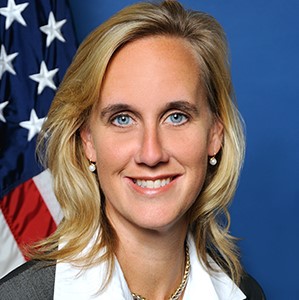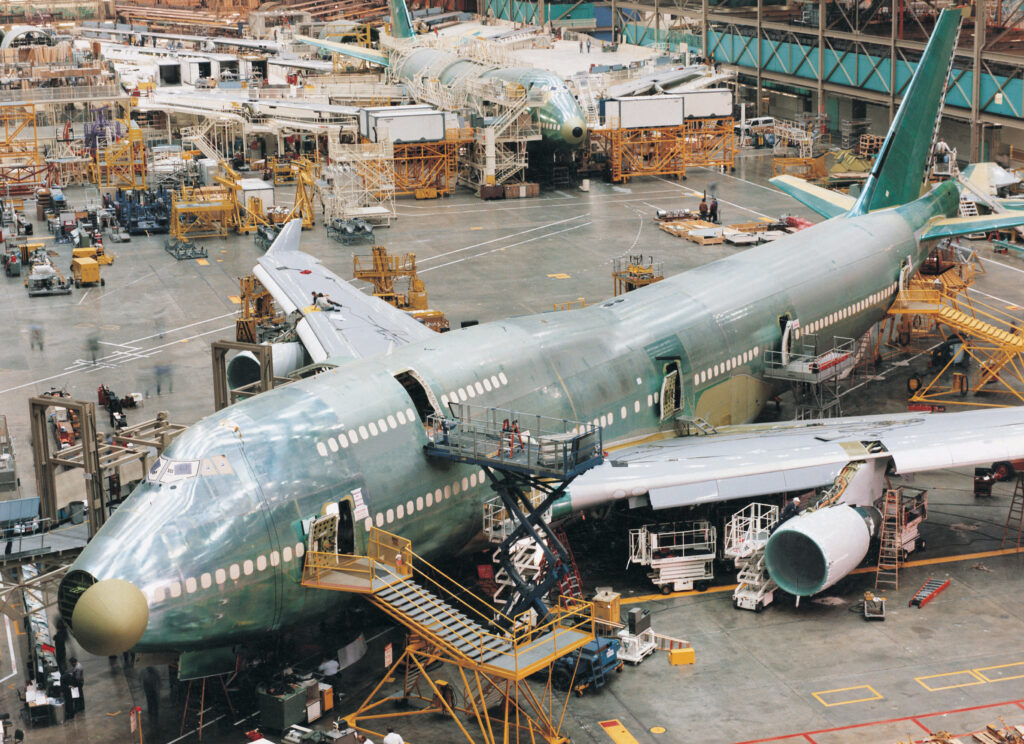Supply Chain
AIA advocates for policies and practices that enhance the A&D industry’s supply chain growth, address emerging challenges, and foster collaboration among key stakeholders. By prioritizing innovation and resilience, AIA aims to ensure a robust supply chain that supports national security and economic prosperity.
Our Organization
The Aerospace Industries Association (AIA), representing over 330 aerospace and defense (A&D) companies, is dedicated to serving as a resource for and promoting resilience and security within America’s supply chain. Through fostering global partnerships, supporting investments in domestic capabilities, making policy and regulation recommendations, and advocating for bipartisan congressional support, AIA aims to better navigate the challenges facing the U.S. supply chain, whose employees represent 57.7 percent of the A&D workforce.


Challenges Facing the Defense Supply Chain
Inflation
In recent years, the American economy has faced numerous challenges, with inflation persistently impacting the A&D supply chain. The defense sector grapples with escalating costs for raw materials, transportation, and labor due to sustained inflation — a challenge facing businesses nationwide. AIA members also face unique challenges amidst growing demand, feeling the full impact of inflation across the A&D supply chain.
Without addressing inflation, industry may struggle to meet the Pentagon’s demand, potentially driving more small businesses away from the defense industrial base and creating economic uncertainty.
Long-term Effects of COVID-19
The COVID-19 pandemic nearly shut down the national economy and disrupted operations in manufacturing and the supply chain. From transportation restrictions to delays in production, the pandemic highlighted vulnerabilities in the global supply chain.
Presently, industry continues to grapple with the lingering effects of COVID-19, including material shortages, longer production times, and higher costs.
Cost of Compliance while Increasing Resilience
The A&D industry supply chain faces multifaceted challenges related to regulatory compliance, including cybersecurity standards, sourcing requirements, and export controls. Staying compliant entails rigorous certification processes, detailed documentation, and a strong commitment to product safety and quality. However, striking a balance between compliance and building supply chain resilience requires significant investments in technology, infrastructure, and workforce training both domestically and abroad. These requirements place additional strain on an already vulnerable supply chain and can prompt more companies to exit the defense industrial base for commercial opportunities.

Owner & Chief Executive Officer, GSE Dynamics Inc.Our industry drives economic growth and U.S. global leadership, generating $952 billion in sales revenue and exporting $104.8 billion of goods in 2022. Nearly half of that revenue came from our supply chain.
Strengthening the Resilience of the Supply Chain
Diversification of Suppliers
Due to geopolitical uncertainties and resulting potential disruptions, the A&D industry must determine and assess risks across the supply chain and develop proactive measures to identify, track, mitigate, and manage risk. This includes diversifying suppliers through strategic global partnerships and domestic investments. By diversifying the supplier base, industry can spread risk to ensure continuity of supply, even in the face of unexpected events.
Workforce Development
The shortage of skilled and factory labor within the industry poses a significant challenge to the industrial base. Investing in workforce development programs, such as apprenticeships and vocational training, can help bridge the skills gap, guarantee a steady pipeline of talent, and promote diversity and inclusion within the workforce.
Investing in Domestic Production Capabilities
Strengthening domestic production capabilities is critical for enhancing national security and reducing reliance on foreign suppliers. Government collaboration on policies and regulations can encourage investment in advancing domestic manufacturing technologies and infrastructure —ensuring continued U.S. industry innovation.
Taking Action to Reshape the Supply Chain
Leveraging Allies and Partners
Stronger U.S. investment in allies and partners allows the U.S. to tackle shared challenges and accelerates the development of both legacy and emerging technologies. Global partnerships can help industry mitigate risks, avoid duplication of efforts, and refine U.S. capabilities. The recent AUKUS legislation, a trilateral security partnership between Australia, the United Kingdom, and the United States, exemplifies this point. Strong international partnerships enhance U.S. capabilities and alleviate industrial base shortfalls.
Developing Bipartisan Support in Congress
The U.S. defense industrial base needs support from both sides of the aisle to maintain our competitive advantage and protect the American warfighter. Securing bipartisan support for funding and policies that strengthen the resilience of the supply chain are essential to meet this goal. The unpredictable nature of the budget and appropriations process impacts the supply chain most of all—AIA’s advocacy is intended to demonstrate this ongoing issue and support key legislation to benefit A&D supply chain. Bipartisan support in Congress promotes global stability and maintain U.S. leadership abroad.
Supporting Businesses of All Sizes
Stable, predictable, and sufficient funding enables the U.S. A&D industry to make strategic and long-term investments in technology, infrastructure, and workforce development. AIA continues to work with Congress to eliminate the inefficient budget process of governing via continuing resolutions and instead pass on-time and predictable appropriations which align with national security priorities and support the resilience of the industrial base.
Encouraging Investment by the U.S. Government
Government investment in critical infrastructure, raw materials, research, and development plays a vital role in strengthening the supply chain. AIA maintains productive relationships with the DOD, DOE, FAA, NASA, and other agencies to ensure American companies secure supply agreements and enable investing in mining of critical minerals and rare earth elements.


AIA’s Role
AIA advocates for policies and regulations that support a resilient and competitive defense industrial base. Through convening and engagement with policymakers, industry stakeholders, and global partners, AIA develops policy recommendations and advocates for their adoption to address supply chain vulnerabilities. AIA members are provided with opportunities to participate in roundtables, webinars, and summits to educate key stakeholders on the challenges facing the U.S. A&D supply chain.
Events
The following list of events are hosted throughout the year for AIA members:
- Supply Chain Summits: Join supply chain and business leaders from AIA member companies to discuss the policies impacting industry and advocacy opportunities with government officials.
- Supply Chain Policy Roundtables: Join AIA supply chain members in a series of roundtable events, including policy expert briefings, advocacy-focused discussions with local government officials, and networking opportunities.
- Board of Governors Executive Roundtables: Join these executive level discussions, focusing on key issues impacting the supply chain.
- Air Show Supply Chain Partnerships: Join AIA at the international air shows to elevate the. U.S. global presence.
- Aero Insights Webinars: Join AIA policy divisions to discuss regulatory and compliance issues impacting the supply chain.

About the Supply Chain Summit
The Supply Chain Summit unites all levels of the aerospace and defense supply chain with business leaders from AIA member companies. This event fosters collaboration and discussions on policies affecting the industry and explores advocacy opportunities with government officials.
Recent Supply Chain News
Your Leadership ConnectionSupply Chain Team
AIA’s supply chain leadership team is well-positioned to address members’ issues and advocacy needs.


